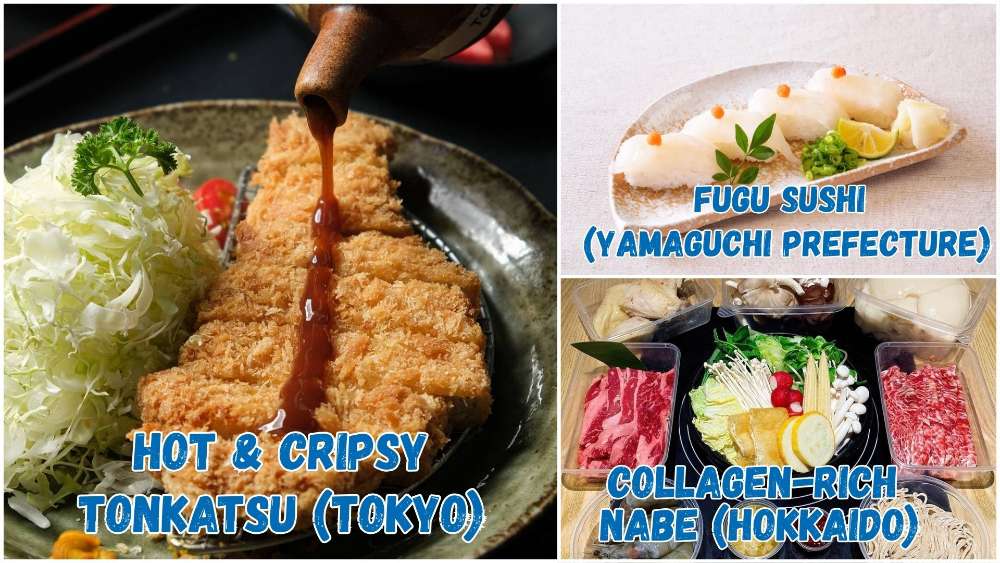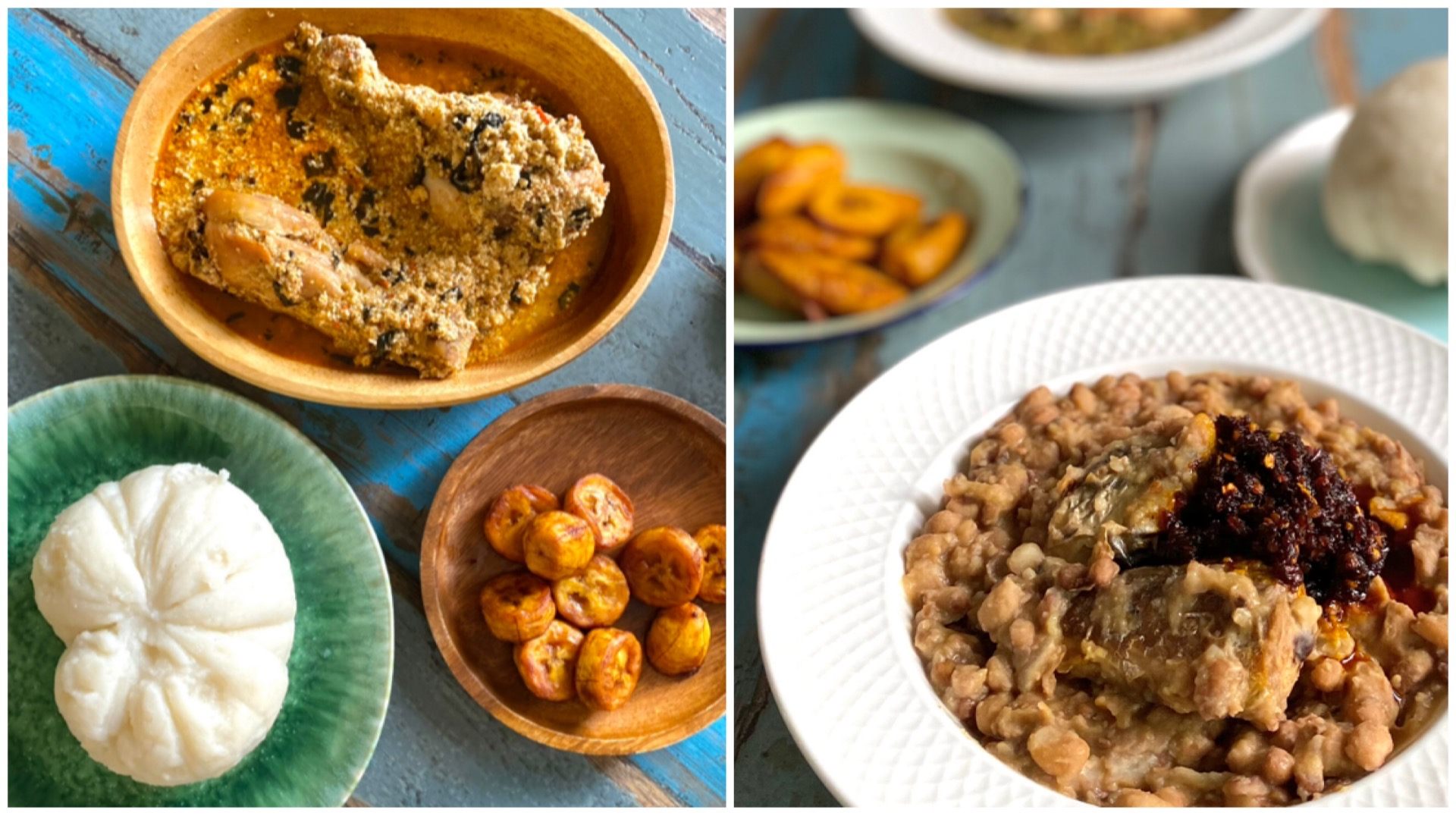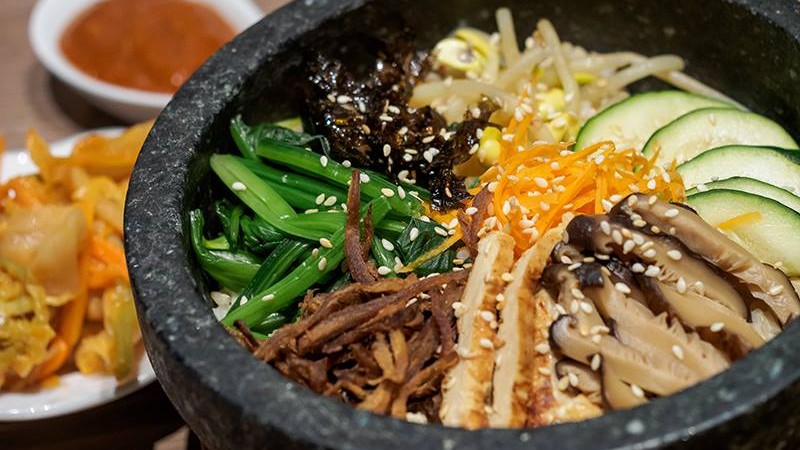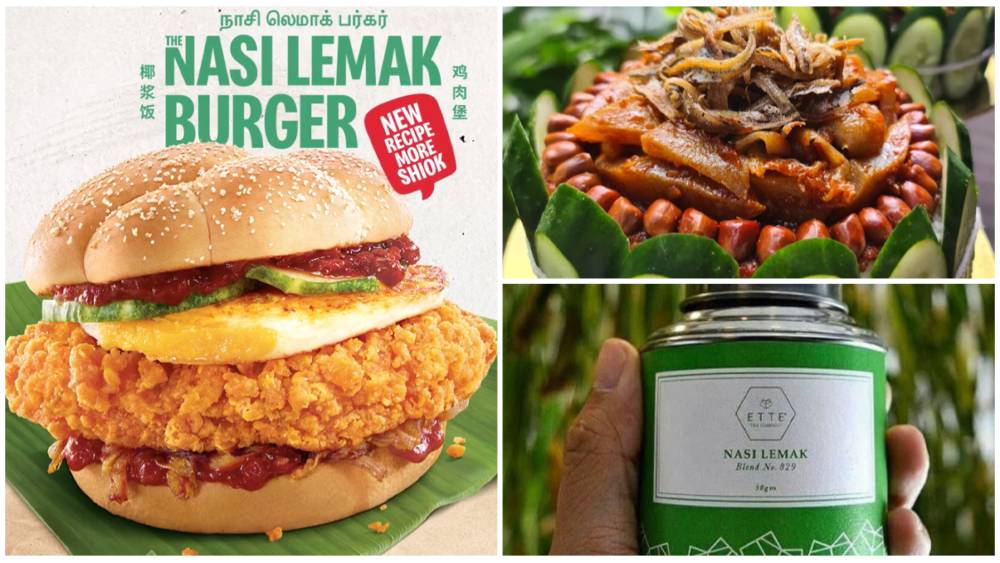Get A Taste Of Home-Cooked African Food In Singapore
Sometime last year, the word “fufu” entered my vocabulary when British actor Idris Elba appeared in a video inviting people to bid on a date night with him for charity. “We can order whatever your heart desires,” he drawled in his deep, buttery accent. “Pepper soup and fufu. That’s an African dish where you pound the yams. And you know what? I’ll let you pound my yams,” he whispers.
I have been thinking about fufu ever since.
Fast forward a year and fufu finally appears on my Instagram feed. A home-based business out in Jurong West called Pham African Kitchen had started dishing out exotic-sounding food with traditional sides like fufu and fried plantains, and I was here for it.
I punched in my order for the egusi soup with fufu and chicken stew with rice and fried plantains. They were so delicious, I ordered the ewa agoyin (bean stew) and seafood okra soup two days later.
By this time, my food-writer brain had burning questions about those dishes. Which part of Africa are they from? What are the histories behind them? What type of chillies do they use to impart this damn-shiok heat?
Who better to ask than the people who made the food, right? Except, when contacted, they declined my questions the good old-fashioned way: With blue-ticking. Why liddat, Pham?
Happily, my editor agreed we should write about the food anyway. After all, it’s not every day you get to eat home-cooked African food in Singapore, amirite? So, first things first: Fufu.
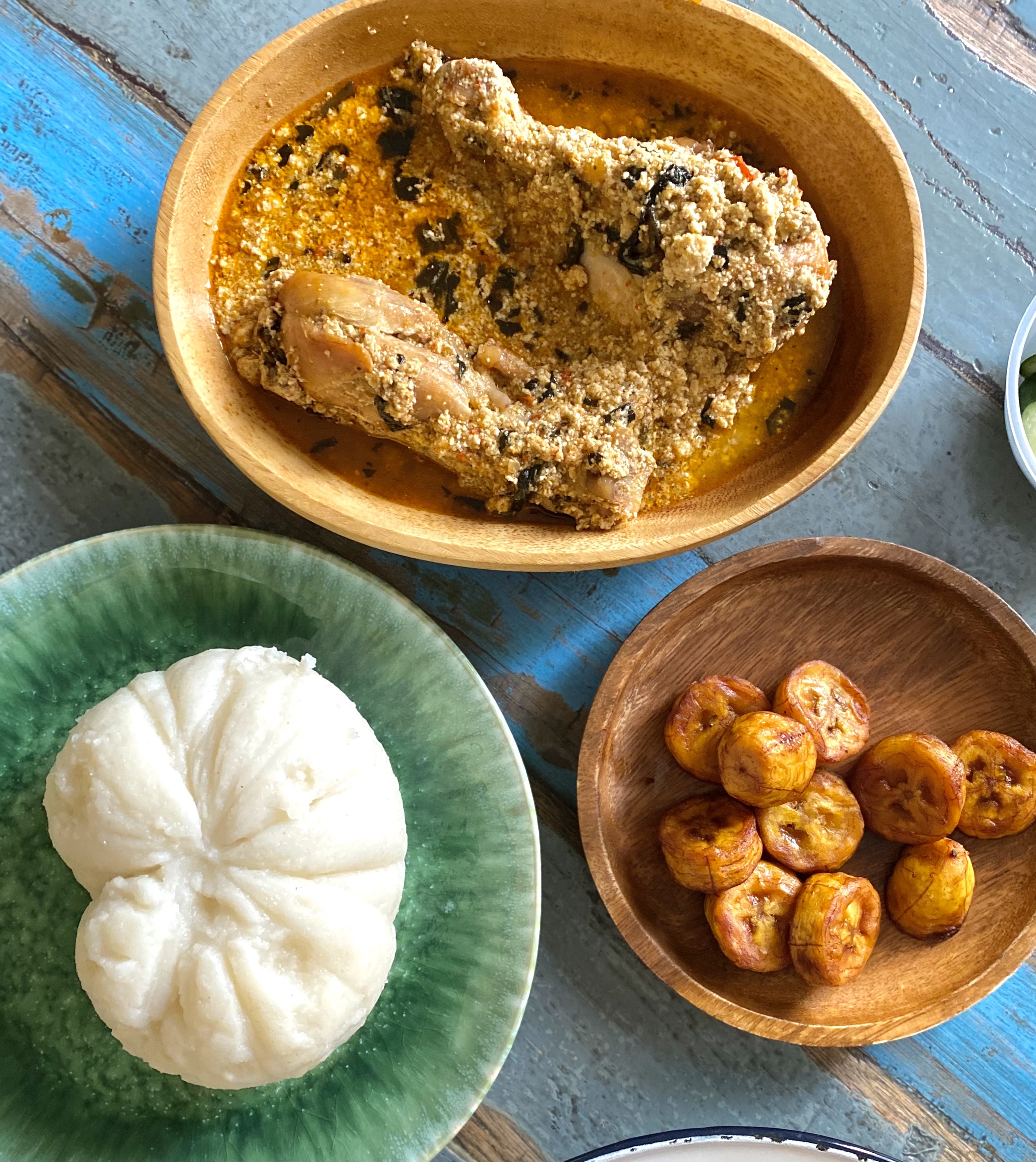
No need to pound
In the absence of information from the people who made my maiden fufu, I could only turn to one irrefutably reliable source: Google. Here’s what I found: According to the New York Times, fufu is a staple in Nigeria, where it is made from crushed and fermented cassava; and Ghana, where it is made with a combination of starchy ingredients like cassava and green plantains. Traditionally formed by pounding the ingredients to a sticky mush, fufu is now commonly made by cooking the finely milled flours of these roots or tubers in hot water over a stove.
Pham’s fufu came as a large mochi-like orb wrapped in clingfilm. It tasted like a mix of pounded rice and tapioca – plain, comforting, and a great canvas for tasty dishes with plenty of gravy.
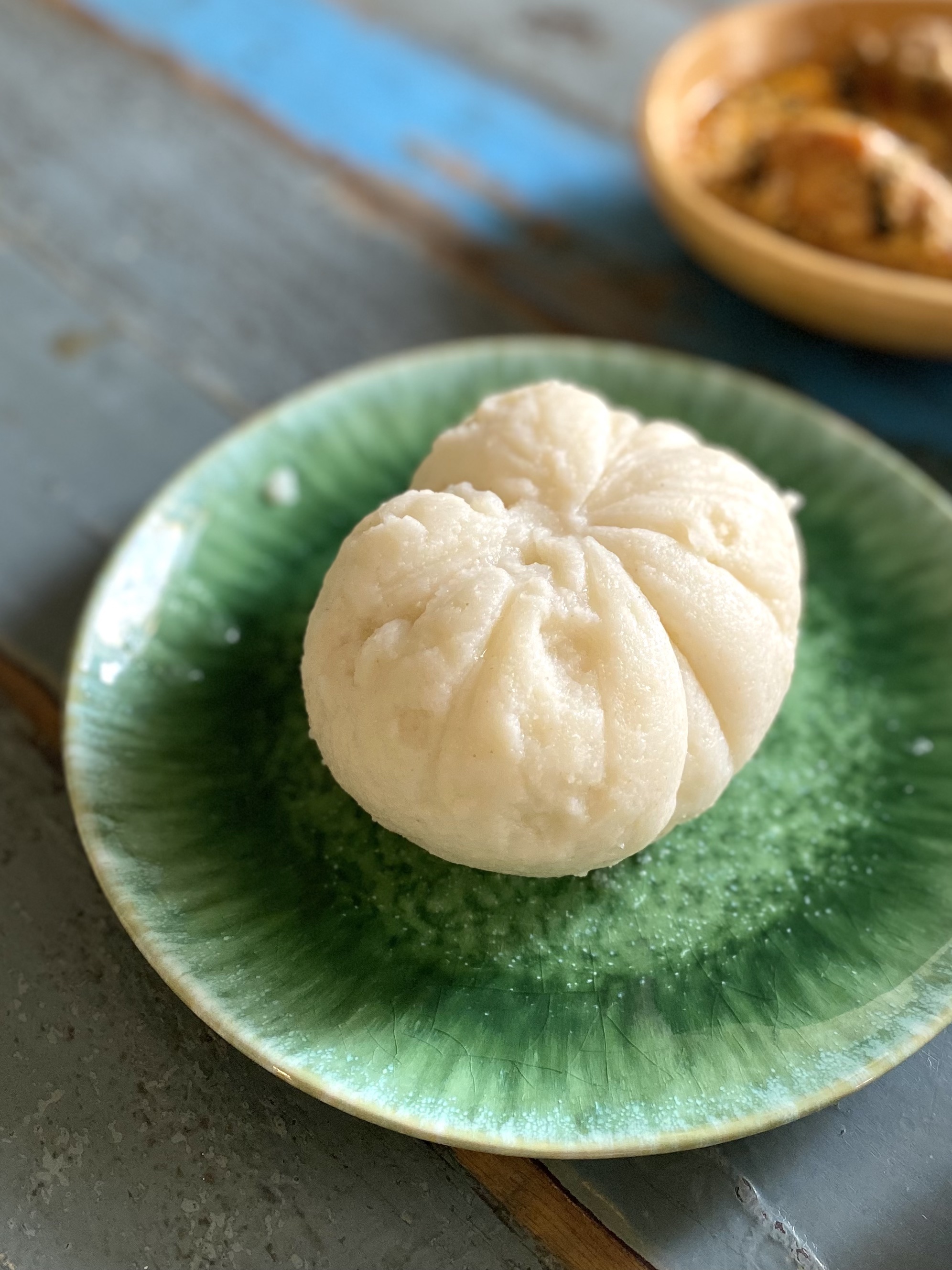
Fufu is meant to be eaten communally and with clean hands. Customarily, every diner pinches off a piece of fufu and rolls it into a small ball before making an indentation with their thumb to form something like an abacus seed. This is then used to ferry a bit of stew or sauce to mouth. Fufu isn’t meant to be chewed. Part of a food group called “swallows” in Africa, you are meant to simply swallow small morsels which helps maintain the feeling of fullness throughout the day. I instinctively chewed my fufu and I am happy to report that I was still full throughout the day.
The egusi stew, which Pham makes using chicken as the star protein, is exactly the type of robustly flavoured dish that begs for a bit of fufu. The staple West African soup takes its name from the seeds of sundried egusi melons that flavour and thicken the broth. It had a lovely rounded saltiness from some sort of smoked dried fish. Imagine minced giam her in a thick, very spicy chicken stew. Shiok!
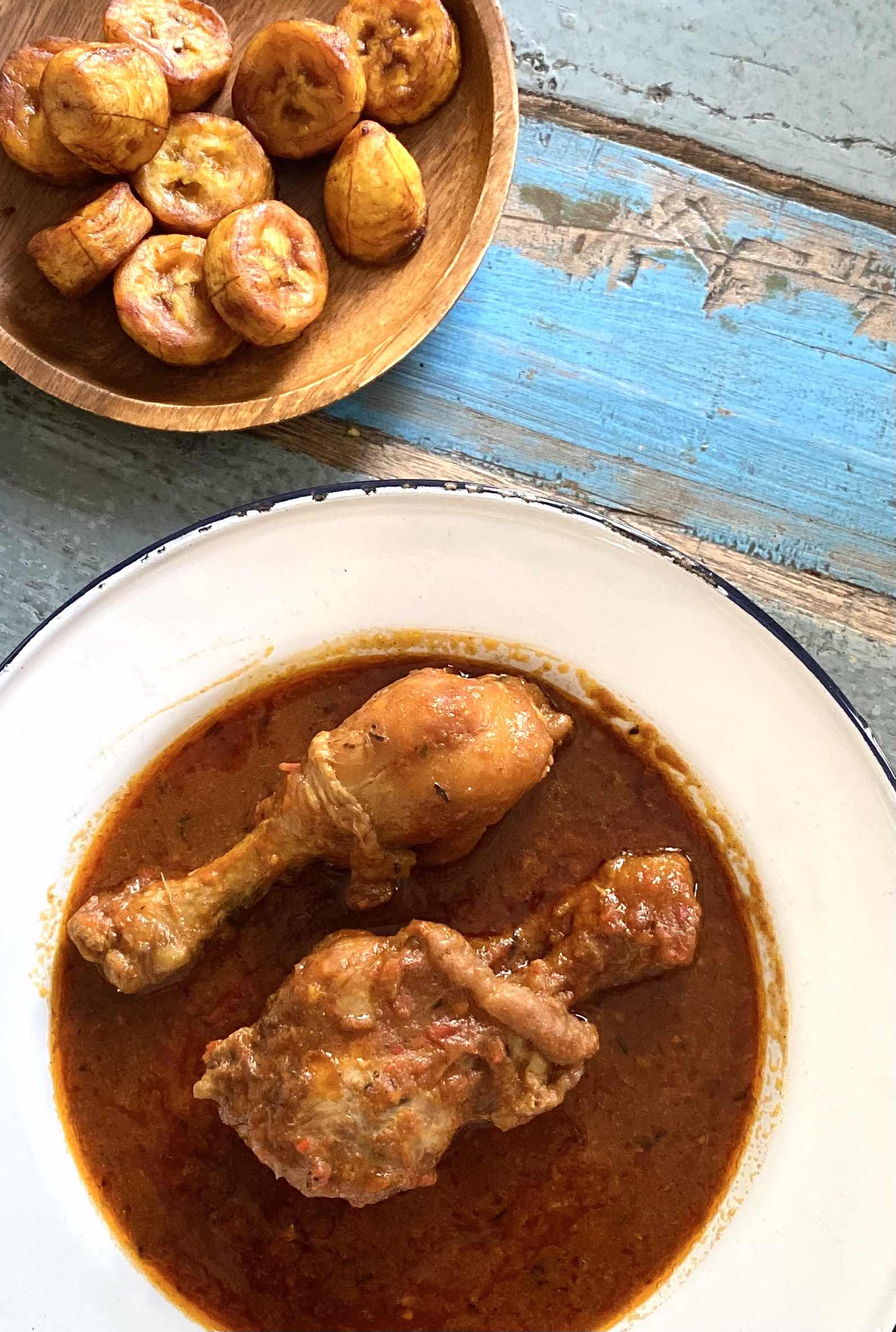
Meanwhile, Pham’s chicken stew is probably a Nigerian version made with tomatoes, bell peppers, onions and garlic. There were hints of paprika that gave it subtle sweetness. This dish came with steamed white rice and fried plantains. Undeniable comfort food.
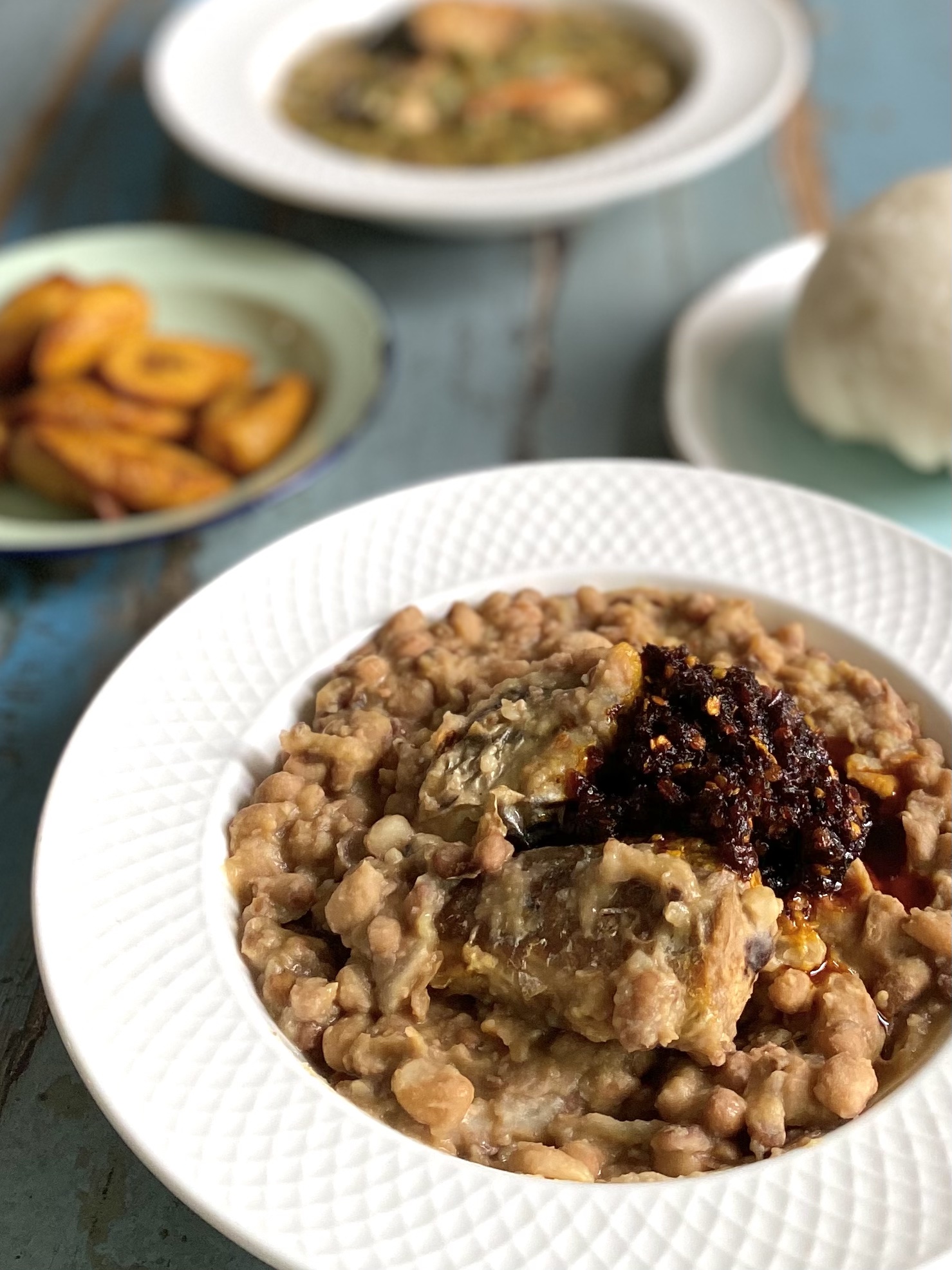
Ewa agoyin is a popular street food in Nigeria and great for anyone who likes a dose of ultra-spicy sambal. Ewa is the Yoruba term for beans while agoyin is a potent sauce made from various peppers and the dried seeds of red chillies. Essentially, it is a dish of stewed beans with sauce on the side. Pham’s version came with two pieces of fried fish (mackerel, I think) that imparted a slightly (not unpleasant) fishy flavour. The sweetness of the accompanying fried plantains helped cut through some of that fiery spice.
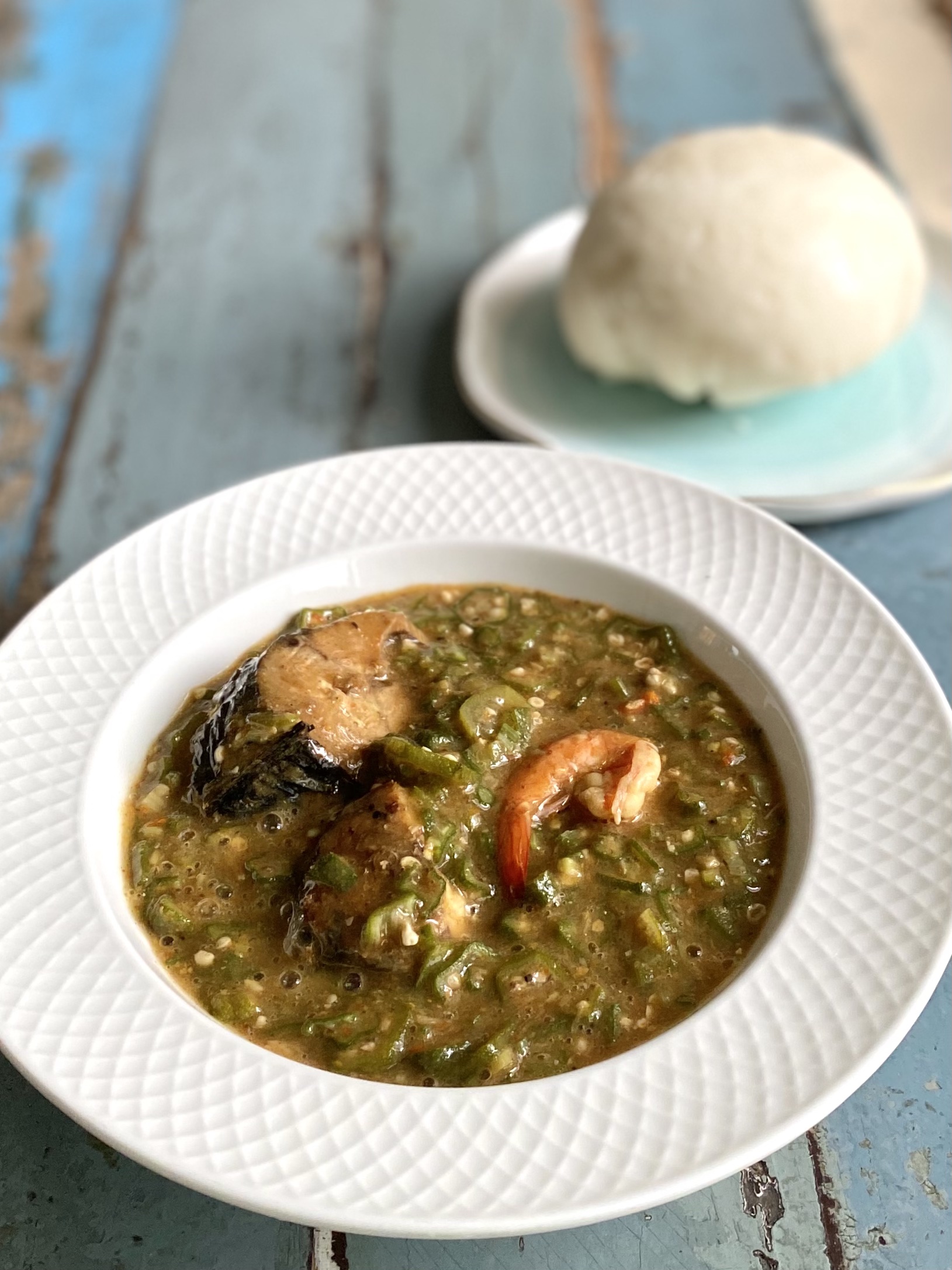
The seafood okro soup took the most getting used to. Much like gumbo, it is made and thickened with lots of ladies fingers, which means it is one slimy concoction. The flavours were nice, like a rich seafood stew with the subtle sweetness of shellfish. Pham’s seafood okro soup came with a prawn and two pieces of the same fish in the ewa agoyin.
I’d love to try the other dishes on the rotating menu sometime, like the oxtail pepper soup, jollof rice and bitterleaf soup. So, Pham, if you’re reading this, please don’t ignore my order on Whatsapp, k?
For the latest updates on Wonderwall.sg, be sure to follow us on Facebook, Instagram and Telegram. If you have a story idea for us, email us at [email protected].





